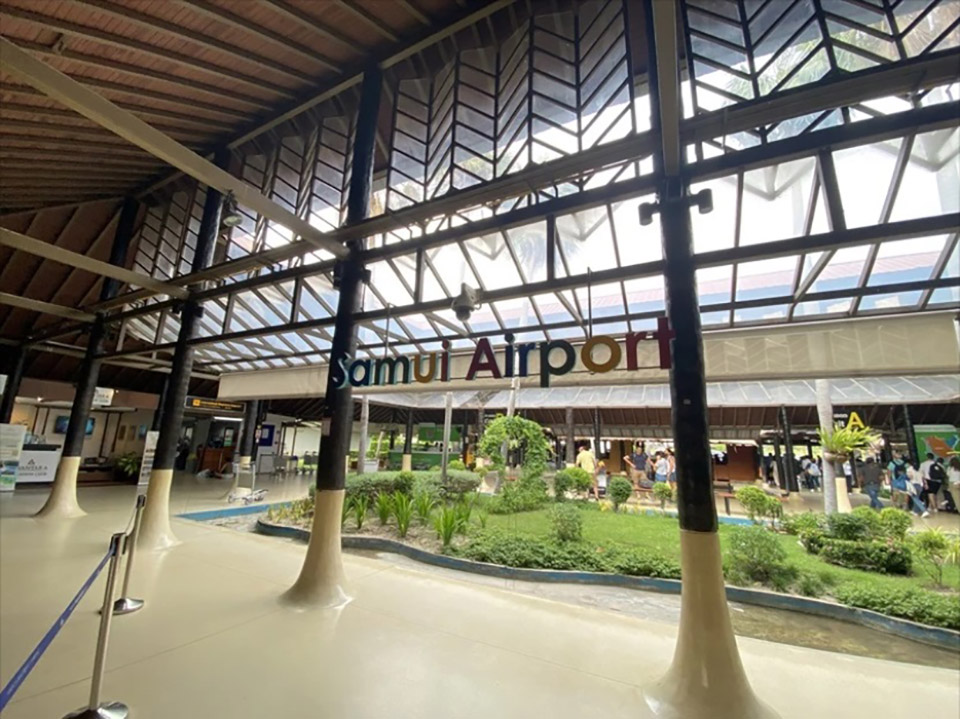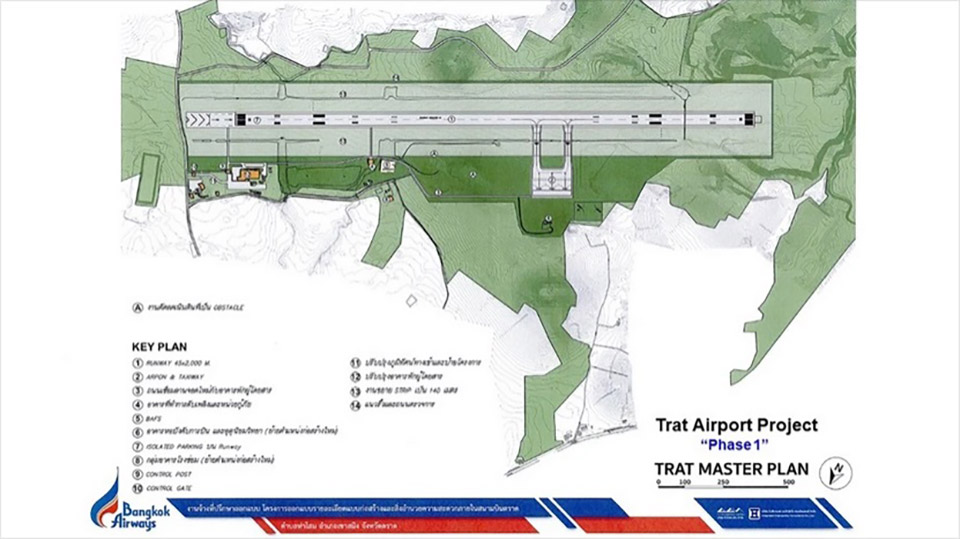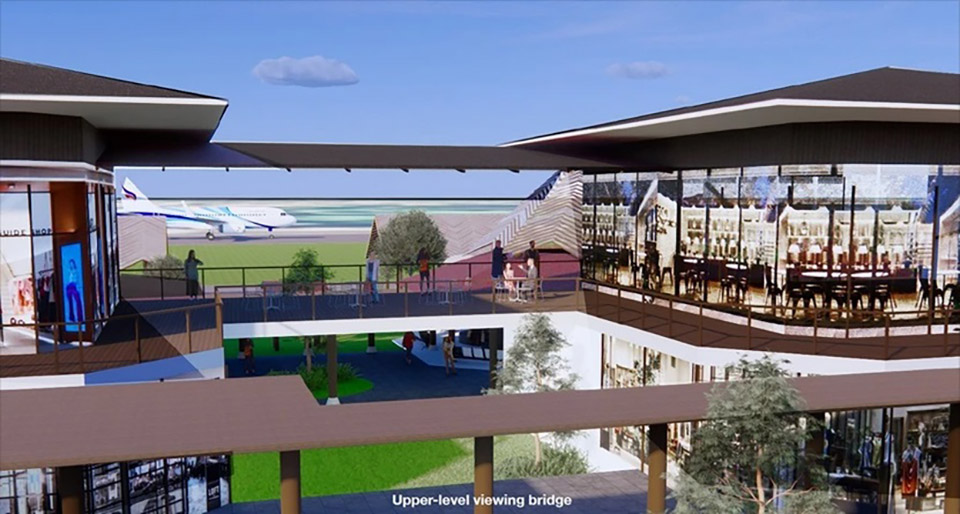
Bangkok Airways has unveiled a significant expansion strategy, investing a total of 2.3 billion baht to upgrade Samui Airport and Trat Airport. This major investment aims to enhance operational capacity and strengthen Thailand’s tourism infrastructure.
Expansion at Samui Airport
Puttipong Prasarttong-Osoth, President of Bangkok Airways (BA), announced a 1.5 billion baht investment in Samui Airport. This initiative will increase the airport’s capacity to 6 million passengers annually and position Samui as a central hub in the Gulf of Thailand.
Currently, Samui Airport handles an average of 41 flights per day, covering both domestic and international routes. In the first half of 2024, passenger traffic increased by 22% compared to the previous year. The number of flights also rose to 14,983, a 13% increase from the prior year. Passenger numbers are projected to reach 4 million annually by 2027, up from the current 2 million. This growth is expected to contribute 70% to Bangkok Airways’ passenger revenue and 60% to its flights.
The expansion plan includes increasing the number of terminals from seven to eleven, adding ten new check-in counters, and incorporating Common Use Self-Service (CUSS) technology to streamline passenger check-ins. The commercial area at the airport will also be expanded from 1,800 to 4,000 square meters, featuring new retail outlets, souvenir shops, cafes, restaurants, and wellness centers. Construction is set to begin in early 2025 and is expected to be completed by 2027.

Upgrades at Trat Airport
In addition, Bangkok Airways is investing 800 million baht in Trat Airport, its third public airport. The upgrades will extend the runway from 1,800 to 2,100 meters, enabling the airport to handle small jet aircraft and accommodate international flights. This extension is intended to boost the airport’s capacity and connectivity.
Performance and Future Projections
Bangkok Airways has reported a positive trend in its performance, reflecting an upturn in the tourism sector. In the first half of 2024, the airline transported 2.26 million passengers, marking an 11% increase from the same period in the previous year. Although this figure is still 25% below pre-COVID levels, it represents a strong recovery. The number of flights increased to 24,314, and revenue per passenger rose by 13% compared to the previous year. The load factor improved to 83%.
Looking ahead, Bangkok Airways aims to achieve approximately 70% of its 2019 revenue, with plans to operate 48,000 flights in 2024. The airline targets an average load factor of 85%, transporting 4.5 million passengers and generating 17.8 billion baht in passenger revenue by the end of the year.

Strategic Partnerships and Fleet Expansion
Bangkok Airways is also focused on strengthening its strategic partnerships. The airline currently has codeshare agreements with 30 airlines, including notable partners such as Lufthansa and Swiss International Air Lines. With these alliances, the airline now has three partners within the Lufthansa Group. Additionally, Bangkok Airways has interline agreements with over 70 airlines, enhancing its global connectivity.
As part of its growth strategy, the airline plans to expand its fleet. Currently, the fleet includes 23 aircraft, comprising two Airbus A320s, eleven Airbus A319s, and ten ATR 72-600s. By the end of 2024, Bangkok Airways intends to add two more Airbus A319s, increasing the total fleet to 25 aircraft. This expansion is part of a broader strategy to optimize operational efficiency and support future growth.
Overall, Bangkok Airways’ ambitious investment and expansion plans underscore its commitment to enhancing operational capabilities and supporting Thailand’s tourism industry. The upgrades to Samui and Trat airports are set to play a crucial role in meeting the increasing demand for air travel and bolstering the country’s status as a major tourism hub.










